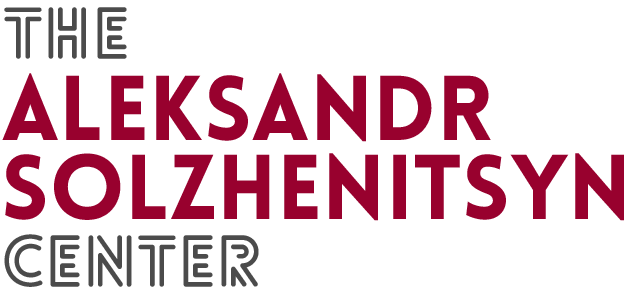RUSSIAN PURGATORY
/In the June/July issue of First Things, we read a brilliant essay by Algis Valiunas, on the essential, profound differences between Tsarism and Communism. Dostoevsky, Chekhov, Shalamov, and, especially, Solzhenitsyn are the major players.
“The sentence of hard labor under the czars, Solzhenitsyn writes with almost gleeful mordancy, was an idyll compared to Stalin’s crushing prison regimen. In the 1890s at one of the fiercest labor camps, the prescribed workday was eight hours in summer and six in winter, including the long walk to and from the work site. In the 1930s and 1940s in Kolyma, the workday ran from thirteen to sixteen hours, and the three-mile slog back and forth did not figure in the calculation. And whereas the perpetrators of the famed Decembrist conspiracy of the 1820s were required to mine and load 118 pounds of ore per day, the Stalinist work norm was 28,800 pounds per day—though even in the homeland of unprecedented technological marvels, pick and shovel had undergone no startling advances in the interval:
As for Dostoevsky’s hard labor in Omsk, it is clear that in general they simply loafed about, as any reader can establish. The work there was agreeable and went with a swing, and the prison administration there even dressed them up in white linen jackets and trousers! . . . Indeed, the Tsarist censor did not want to pass the manuscript of The House of the Dead for fear that the easiness of the life depicted by Dostoyevsky would fail to deter people from crime. And so, Dostoyevsky added new pages for the censor which demonstrated that life in hard labor was nonetheless hard!”

